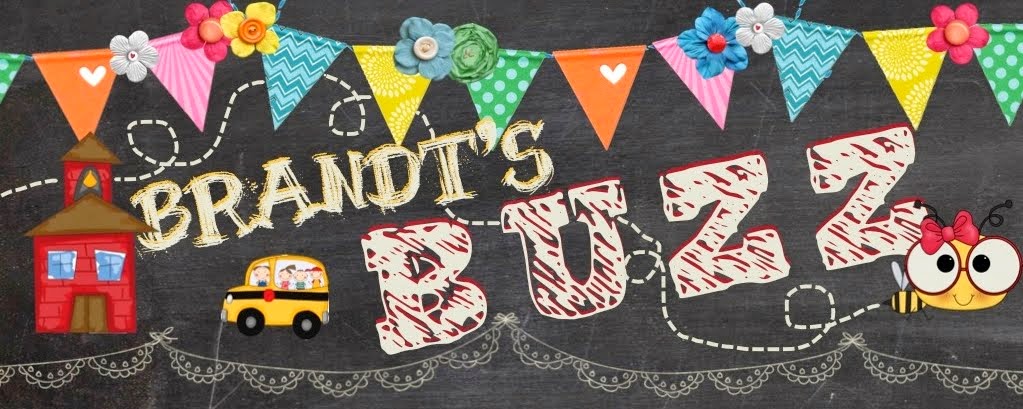At our school we have a phonics program called Pathways to Reading. Pathways to Reading teaches vowel sounds and spellings using a visual called Vowel Town. The hill on the left is called Smile Hill because all the sounds on that side make your mouth smile. They are placed going down the hill according to how open your mouth is when you say the sound. As you go down the hill your mouth opens wider and wider. The valley is called the Wide Open Valley because your mouth is wide open when you make that sound. The hill to the right is called Circle Hill because your mouth makes a circle as you say those sounds. As you move up the hill, your circle closes more and more. The bottom sounds along the road are called taxi sounds because when you say them, your mouth moves from one position to another. The hill in the background houses the R Apartment. The /ir/, /er/, /ur/ sound lives at the top on the curve. Mr. R lives in the middle apartment. He often says /ar/, and /or/ lives in the bottom apartment by the door. (This incredibly clear description of vowel town was borrowed from this wonderful teacher.)
After students learn the vowel sounds and spellings, they are prompted to spot the vowel in words to help them decode the word. This is very helpful because often times the vowels are the trickiest part of the word. If they can figure out the vowel sound, then the word is much easier to decode. Watch the video below for more information about vowel town and how we use it in the classroom.
After students learn the vowel sounds and spellings, they are prompted to spot the vowel in words to help them decode the word. This is very helpful because often times the vowels are the trickiest part of the word. If they can figure out the vowel sound, then the word is much easier to decode. Watch the video below for more information about vowel town and how we use it in the classroom.
